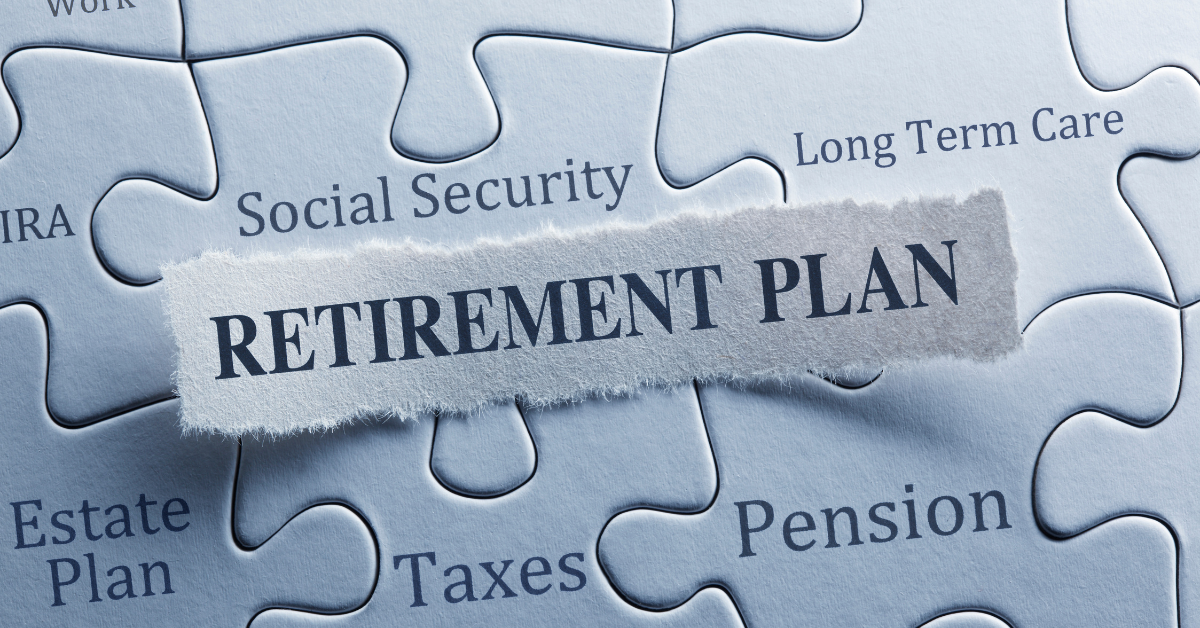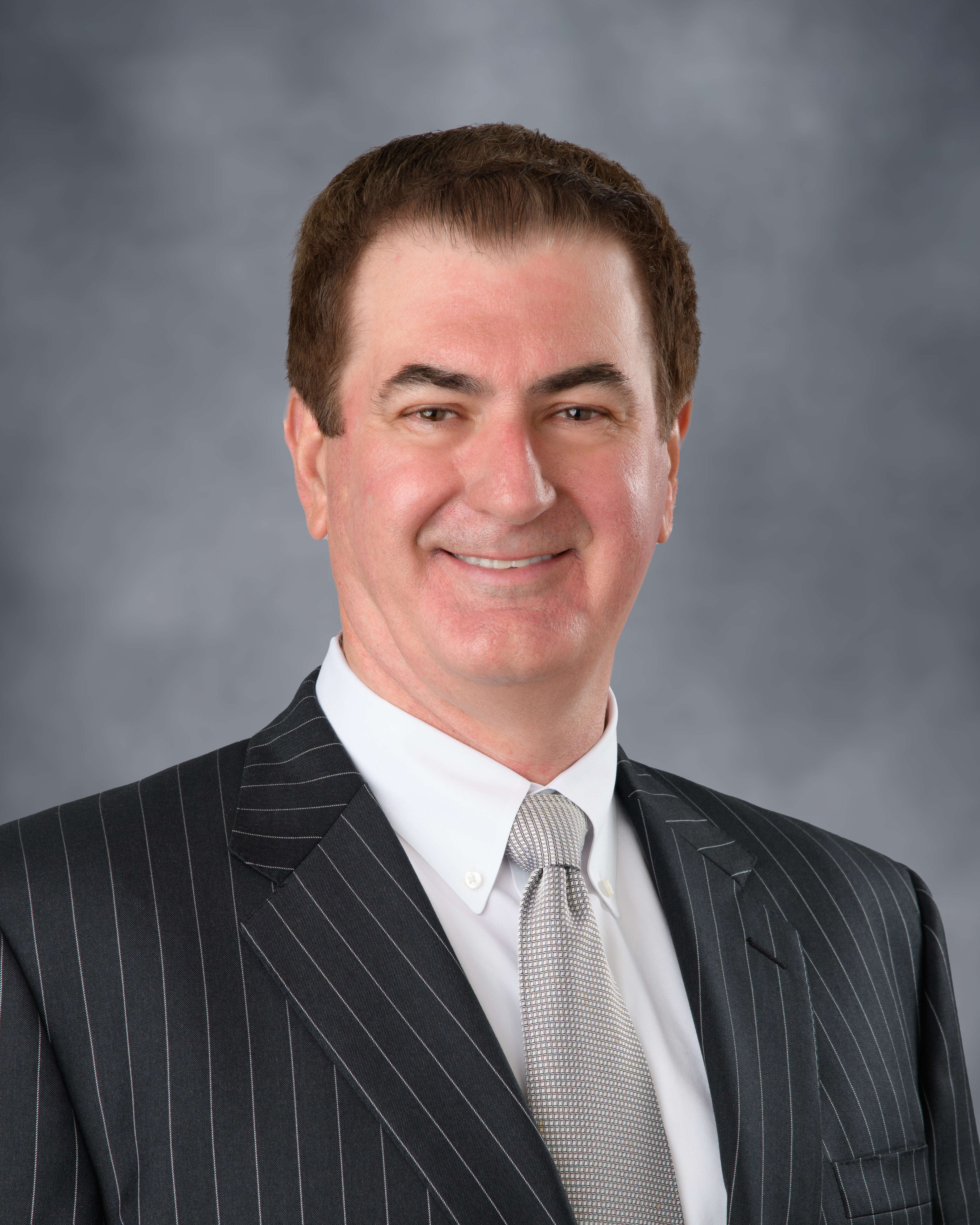SECURE 2.0 Act: A Synopsis of its Details and Effects
Submitted by JMB Financial Managers on February 24th, 2023
As a CERTIFIED FINANCIAL PLANNER™, I believe that staying informed about new legislation is essential to help my clients pursue their financial goals. Recently, the Setting Every Community Up for Retirement Enhancement (SECURE) Act was updated to the SECURE 2.0 Act.
Who does the SECURE 2.0 act effect?
The SECURE 2.0 Act has the potential to affect a wide range of individuals and businesses. If you are nearing retirement age or are already retired, the increase in the Required Minimum Distribution (RMD) age and the increased catch-up contribution limit could be particularly beneficial to you. If you are a small business owner, the new Pooled Employer Plans (PEPs) could provide you with a more cost-effective way to offer retirement benefits to your employees. And if you are a new parent, the ability to withdraw funds from your retirement account penalty-free could be a helpful option.
What is the SECURE 2.0 Act?
The SECURE 2.0 Act is a piece of legislation that builds on the original SECURE Act. The main focus of the SECURE 2.0 Act is to provide more opportunities for Americans to save for retirement and to help address the retirement savings crisis in the United States. It was passed by Congress and signed into law on December 29, 2022.
The SECURE 2.0 Act contains several significant changes to retirement planning, including increasing the age for RMDs and expanding eligibility for retirement savings plans. Let's take a closer look at these changes and how they may impact you.
RMDs and Age Limitations
Required Minimum Distributions (RMDs) are the minimum amount that an individual must withdraw from their retirement accounts each year after they reach a certain age. These withdrawals are taxed as ordinary income and are intended to ensure that individuals do not indefinitely defer paying taxes on their retirement savings.
The SECURE 2.0 Act increases the age for RMDs from 72 to 75, giving retirees an extra three years before they must start taking distributions from their retirement accounts. This change provides more flexibility and control over retirement income and is beneficial for those who don't need the money immediately and prefer to leave it invested.
Expansion of Eligibility
The SECURE 2.0 Act aims to expand access to retirement savings plans for small businesses by making it easier and more affordable for them to provide retirement plan options to employees. The legislation will allow small businesses to join a Pooled Employer Plan (PEP) which means multiple employers can join a single plan, sharing the plan's administrative and investment costs.
The Catch-up 401(k) is another program that the SECURE 2.0 Act introduces, allowing individuals aged 60 and over to contribute an additional $10,000 to their 401(k) account each year. This new account type can help those closer to retirement catch up on their savings and make up for lost time.
Student Loan Repayments
Student loan debt can be a significant barrier to saving for retirement. To address this issue, the SECURE 2.0 Act proposes allowing employers to make matching contributions to their employees' retirement accounts based on their student loan repayments. This proposal aims to incentivize individuals to save for retirement while managing their student loan debt.
Auto-enrollment and Auto-escalation
Auto-enrollment and auto-escalation are features that some employers offer in their retirement savings plans for employees. Auto-enrollment automatically enrolls employees in the retirement plan and sets their contribution rate, while auto-escalation gradually increases the contribution rate over time.
The SECURE 2.0 Act proposes expanding the use of these features in retirement plans to help more individuals save for retirement. This proposal aims to increase the number of people participating in retirement savings plans and ultimately, help them save more for their retirement years.
A Way to Rollover Unused 529 Plans into Roth IRAs
The SECURE 2.0 Act also proposes a change that could benefit families who have unused 529 college savings plan funds. This would allow families to roll over unused funds from their 529 plans into Roth IRAs without penalties. Beneficiaries of 529 plans can now rollover up to $35,000 over their lifetime from their 529 account to their Roth IRA account, as long as the rollovers are within Roth IRA annual contribution limits and the 529 college savings account has been open for at least 15 years. This new policy will go into effect, in regard to distributions, on December 31, 2023.
Previously, unused 529 plan funds could only be transferred to another beneficiary's 529 plan, which can be limiting for families who don't have another child or family member who needs the funds for educational expenses. The new law will provide an alternative option for families to put unused 529 funds to good use.
Rolling over unused 529 funds to a Roth IRA would allow the funds to continue growing tax-free and be used for retirement or other purposes, providing additional flexibility to families.
Expansion of Qualified Charitable Distributions from IRAs
The SECURE 2.0 Act proposes to expand the Qualified Charitable Distribution (QCD) rules for Individual Retirement Accounts (IRAs). Currently, QCDs allow individuals who are over 70½ to make tax-free charitable donations directly from their IRA to a qualified charity. The SECURE 2.0 Act would increase the age for QCDs to 75, allowing more individuals to take advantage of this tax-advantaged charitable giving strategy. Additionally, the SECURE 2.0 Act allows QCDs to be made to donor-advised funds and supporting organizations.
Expansion of Charitable Gift Annuity
Charitable gift annuities are a popular charitable giving strategy that allows individuals to make a charitable gift to a nonprofit organization in exchange for a guaranteed stream of income for life. The SECURE 2.0 Act proposes to expand the use of charitable gift annuities by allowing them to be held in donor-advised funds. This change could make charitable gift annuities more accessible and could encourage more donors to use this giving strategy.
More RMD Options for IRAs Inherited by Spouses
Under current law, individuals who inherit an IRA from their spouse have the option to treat the account as their own and delay taking Required Minimum Distributions (RMDs) until they reach age 72 (now 75). However, the SECURE 2.0 Act gives spouses more flexibility in how they take RMDs from inherited IRAs. Spouses would have the option to either treat the account as their own and delay RMDs until they reach age 75 or take RMDs over a 10-year period following the death of their spouse. This change could allow spouses to better align their retirement income strategies with their individual financial goals.
Have Questions? Our Team is Here to Help.
The SECURE 2.0 Act contains several significant changes to retirement planning that could benefit many Americans. As a CERTIFIED FINANCIAL PLANNER™, I will continue to monitor these developments and help my clients navigate any changes that may impact their retirement plans.
As we learn more on how the new SECURE 2.0 Act will change what retirement looks like and how it can benefit you it's smart to take proactive steps and start planning how you can use it to benefit your plan sooner rather than later.
As always, if you find yourself in need of assistance or have questions on what the new SECURE 2.0 Act will look like for you, reach out to a financial professional to see how the new act can benefit you.
--
About the Author
 Jack Brkich III, is the president and founder of JMB Financial Managers. A CERTIFIED FINANCIAL PLANNER™, Jack is a trusted advisor and resource for business owners, individuals, and families. His advice about wealth creation and preservation techniques have appeared in publications including The Los Angeles Times, NASDAQ, Investopedia, and The Wall Street Journal. To learn more visit https://www.jmbfinmgrs.com/.
Jack Brkich III, is the president and founder of JMB Financial Managers. A CERTIFIED FINANCIAL PLANNER™, Jack is a trusted advisor and resource for business owners, individuals, and families. His advice about wealth creation and preservation techniques have appeared in publications including The Los Angeles Times, NASDAQ, Investopedia, and The Wall Street Journal. To learn more visit https://www.jmbfinmgrs.com/.
Connect with Jack on LinkedIn or follow him on Twitter.
JMB Financial Managers Mid-Year Review for 2025
Click the button below to download a pdf of insights and predictions for the rest of the year.

